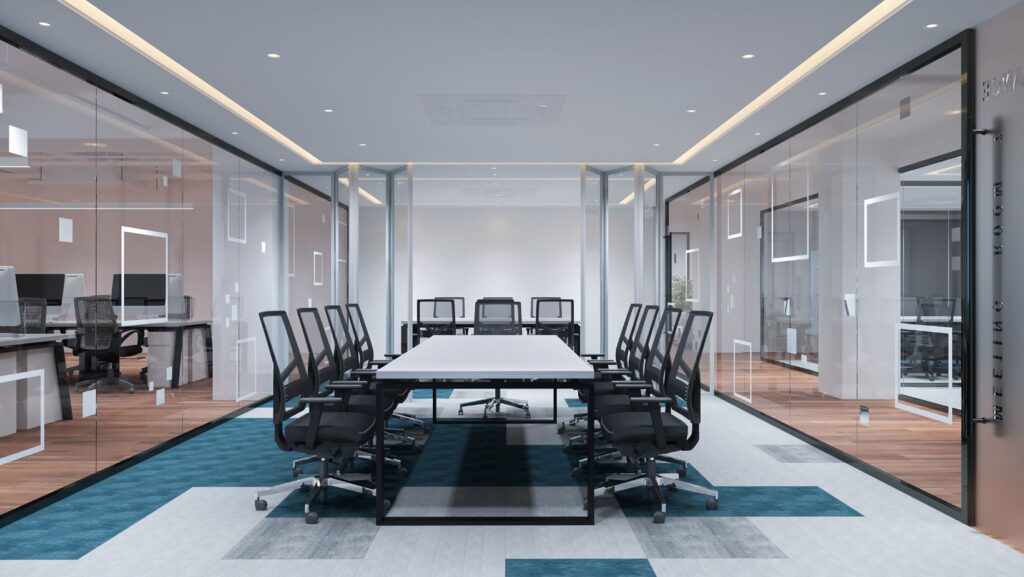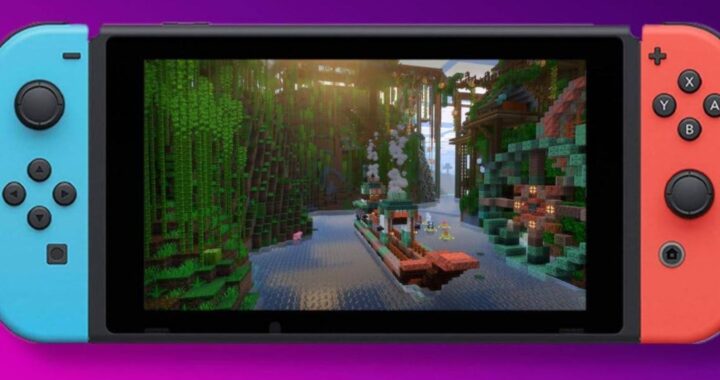Creating Efficiency: Essential Design Tips for Meeting Spaces

The world is evolving, including the workspace. Today’s workers don’t sit in tiny cubicles isolated from one another while completing tasks. Many people work from home, while others benefit from coworking spaces. However, wherever a person works, they need a space to collaborate with others.
When creating a corporate meeting space, a company must consider the needs and particularities of the work that will be done in the space. It needs a layout that allows workers to collaborate and focus on tasks at different times. The traditional layout no longer works. When designing this space, several factors must be considered to ensure it provides what workers need.
The Purpose of Meeting Spaces
Meeting spaces unite people in a central location to exchange information. They might be designed for small meetings where workers brainstorm for a project. There might also be larger spaces where employees can sit and listen to a speaker. A company might choose to have several meeting rooms rather than one room. Each room can then be set up to accommodate different groups and purposes.
When designing this meeting room, the company must determine whether it should have a casual or traditional feel. The feel of the room plays a role in the furnishings selected. A lower table with comfortable chairs will make the room feel relaxed, leading to casual discussions. When the room is set up with a rectangular chair surrounded by tables, it establishes a hierarchy.

The person standing or sitting at the head of the table is the one in charge of leading the meeting. Round tables increase visibility throughout the room, which many prefer for debates or discussions.
Multiple Rooms
Multiple meeting rooms ensure everyone has a room when needed. Small rooms can be reserved for informal discussions or impromptu meetings. Creating a meeting room with segregated spaces ensures certain matters can be handled privately. Still, this space should be configurable so the room can be used for other purposes as needed.
Additional Features
Consider including a landing in the meeting space design. This landing allows for socializing before and after meetings. It may also be used to wrap up a discussion, question participants, or rehearse presentations. Many companies furnish the landing with high tables and stools since the area will only be used briefly.

The meeting space should have a forum that supports the presentation and discussion of materials. The furnishings in the form should clearly define the space while prioritizing the speaker. Every person should be able to see the speaker clearly, and the room needs good sound and light to ensure participants get the most from the meeting. Remote participants must be considered when designing the forum to encourage participation. Consider furnishings that suit the company’s style while allowing for flexibility in design arrangements. Doing so ensures the room can accommodate different audiences and presentations.
A plaza in the meeting space brings people together. It is open and welcoming and should effortlessly handle a large group. When designing this aspect of the meeting space, the company must consider the diverse needs of the meeting population so everyone feels comfortable gathering in the plaza to interact. The proper layout will allow different activities to co-occur while ensuring the desired message is shared. Many companies find the best setup is small tables, comfortable chairs, and defined seating areas.
Every company is unique, and the meeting space must consider the organization’s particular needs. Talk with employees to learn what they prefer, as they will be the ones using the space. With their input, designing this meeting space becomes less of a challenge, and the company will see an increase in worker productivity and satisfaction.

 QR Codes and the Technology Driving Smarter Customer Journeys
QR Codes and the Technology Driving Smarter Customer Journeys  If AI Is the New Search Engine, Your Content Needs to Evolve
If AI Is the New Search Engine, Your Content Needs to Evolve  How Much Does Minecraft for Nintendo Switch Cost and What’s Included
How Much Does Minecraft for Nintendo Switch Cost and What’s Included